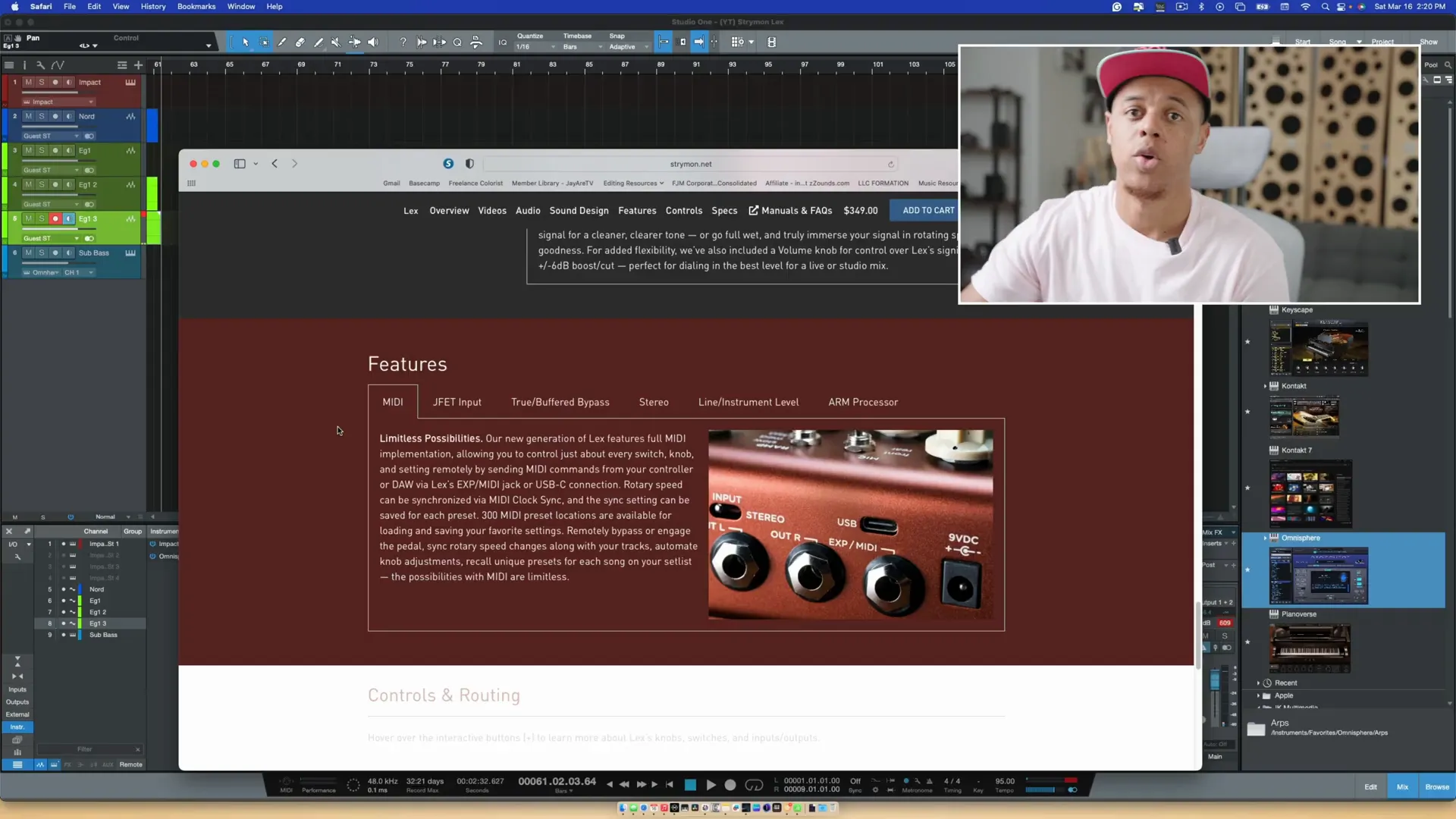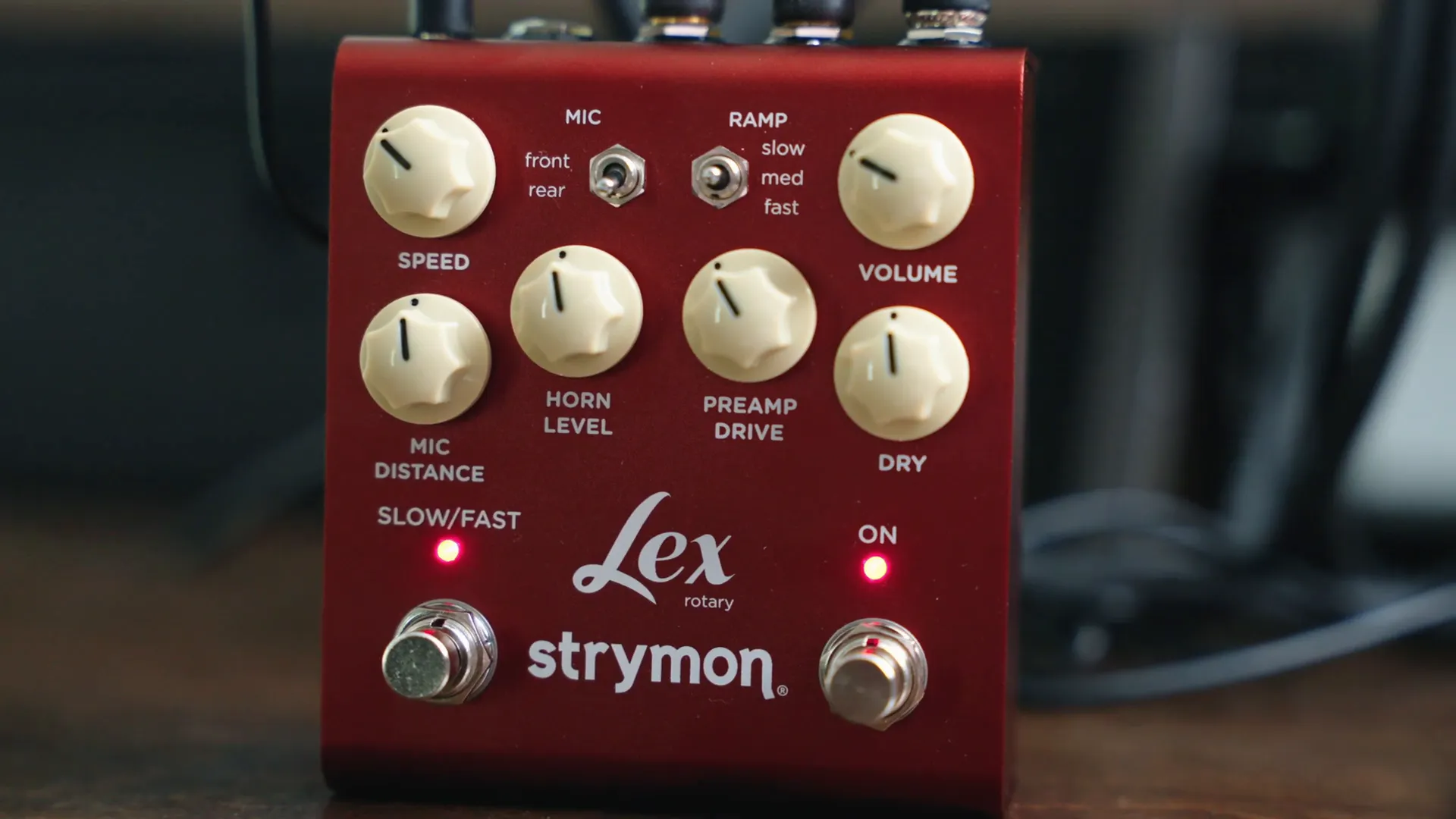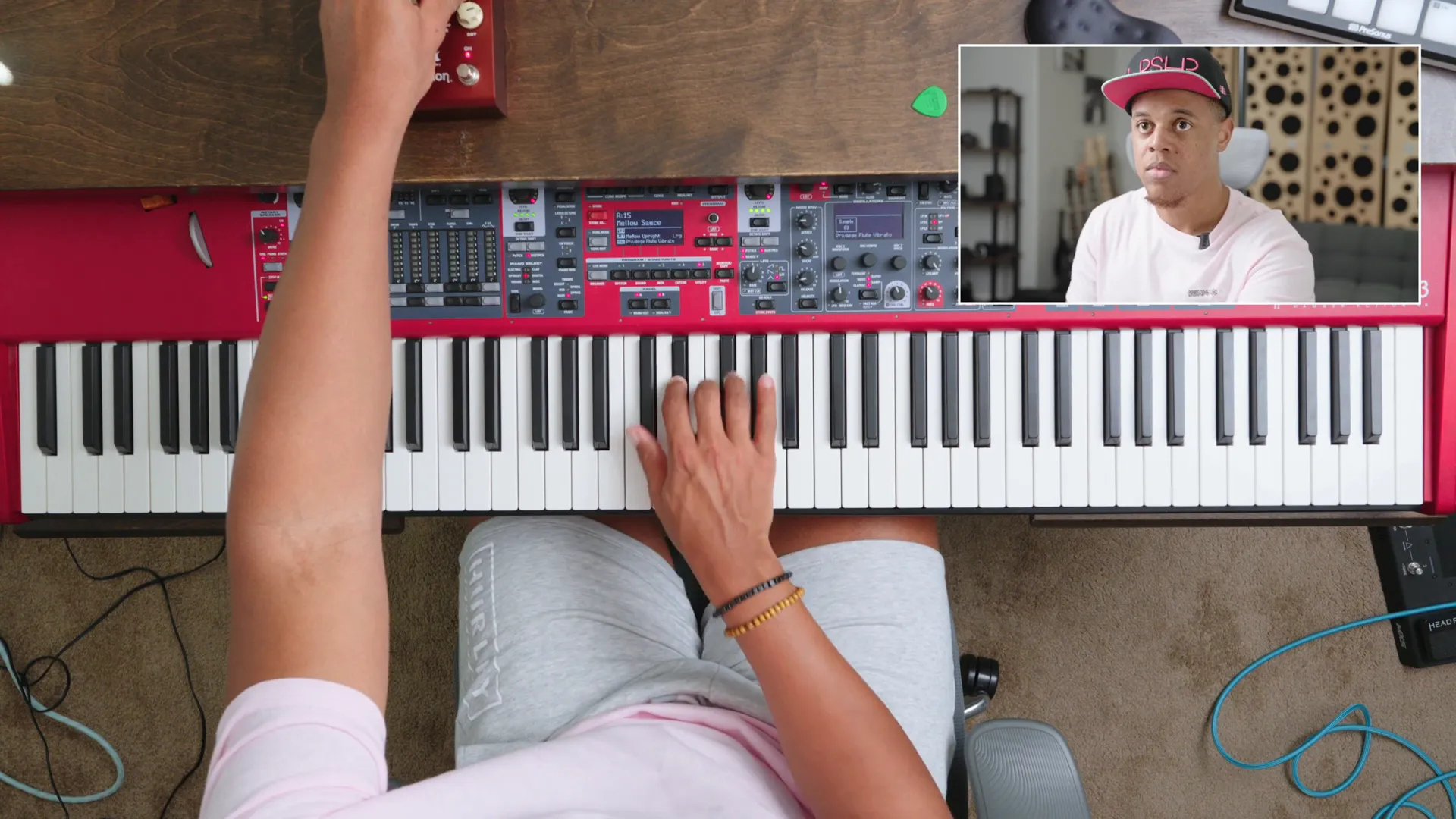
Strymon Lex Rotary Modulation Pedal V2 | Demo & Review
Share
The Strymon Lex Rotary Modulation Pedal V2 is a remarkable piece of equipment that brings a classic sound to modern musicians. In this post, we'll dive deep into its features, build quality, user interface, sound demos, and my final thoughts on its performance with both piano and guitar.
Overview of Features
Let's kick things off with a quick overview of what this pedal offers. The Strymon Lex features:
- MIDI JF foot input
- True or buffered bypass options
- Stereo input or mono capability
- Up to 300 MIDI presets
- MIDI clock synchronization
- Ultra low noise 24-bit analog-to-digital conversion
With these features, the Lex provides a lot of flexibility for musicians who want to integrate it with various instruments, including keyboards, synthesizers, and guitars.

Build Quality
When it comes to build quality, Strymon has a stellar reputation, and the Lex does not disappoint. The chassis is made from sturdy aluminum, giving it a premium feel. The knobs are smooth and easy to adjust, and the switches feel reliable. Overall, I would rate the build quality a solid 10 out of 10.

User Interface
The user interface is straightforward, making it easy to get started. The main controls include:
- Speed
- Mic Distance
- Horn Level
- Preamp Drive
- Dry Level
Each knob has a specific function, allowing you to dial in your sound quickly. The speed control lets you adjust how fast the rotary effect spins, while the mic distance influences the stereo width of the sound.

Sound Demo
Now, let's talk about sound. I used the Lex with various patches on my Nord keyboard, particularly enjoying the organ presets. Here's a raw sound demo:

With the Lex engaged, you can hear a lovely subtle swirl. As I increased the speed, the effect became more pronounced, creating a rich texture. The mic distance setting proved crucial, altering the stereo field from narrow to wide.

Experimenting with Different Sounds
While I primarily used the organ sound, I also experimented with piano and synth patches. Each produced unique results:
- The organ patch sounded full and rich.
- The piano patch offered a crisp and bright tone.
- The synth patches brought a modern twist, adding depth to the sound.
Here's how it sounded with a Rhodes patch:

Final Thoughts
Wrapping up, the Strymon Lex is an impressive rotary pedal. Its excellent build quality, intuitive user interface, and versatile sound options make it a strong contender for any musician's pedalboard. Whether you're a piano player, synth enthusiast, or guitarist, the Lex has something to offer. If you're in the market for a rotary effect, I highly recommend giving it a try.
For those interested, I've included raw WAV files in the description below so you can hear how it sounds without any YouTube compression. Don't forget to check them out!
